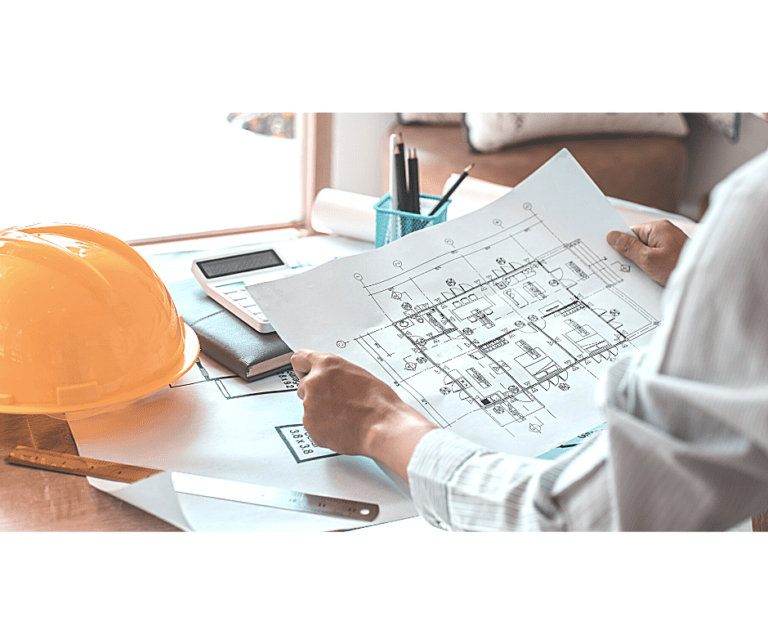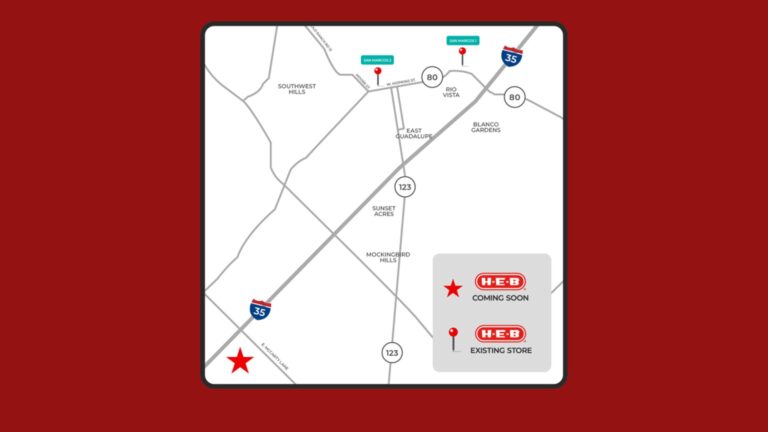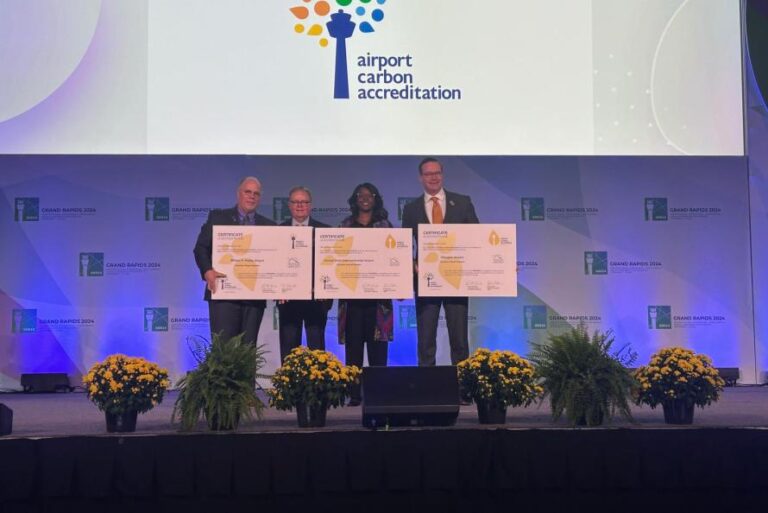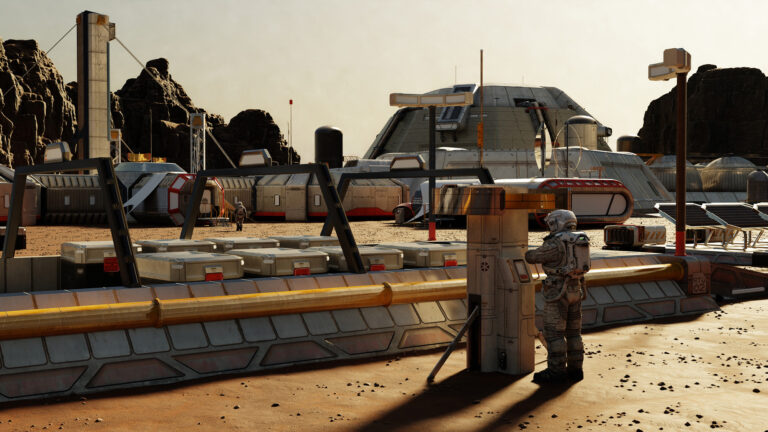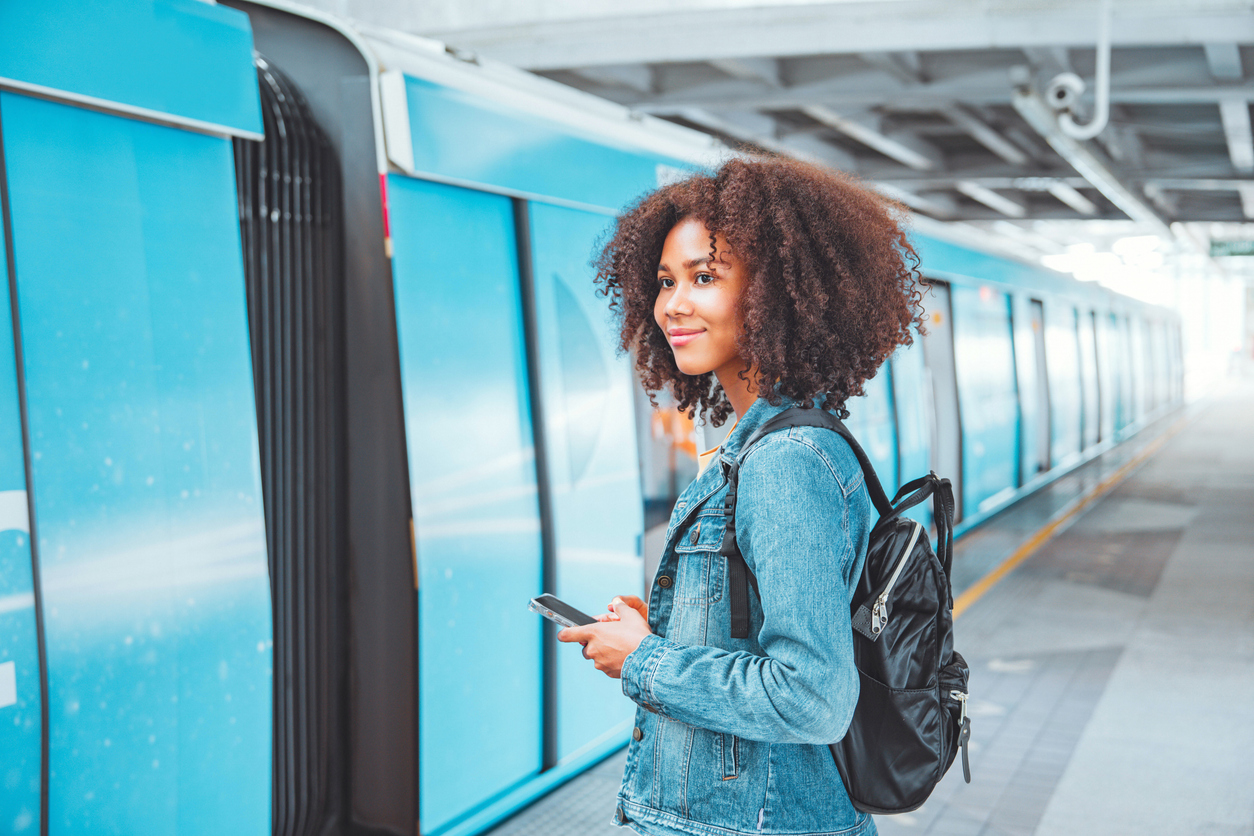
Transit systems connect us, get us where we need to go, and when they work right, they make cities cleaner, safer, and even a little more livable.
According to AccidentHotline.com, a handful of states are working to improve public transportation, and those improvements could change the way we think about getting around.
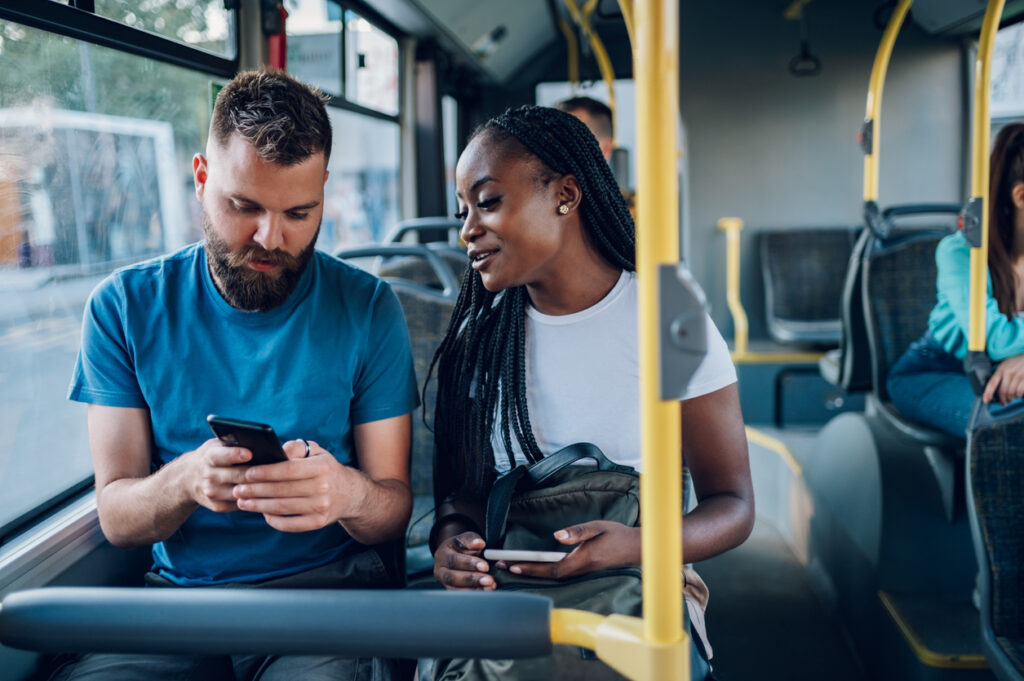
Here is a list of states leading the way in making transportation improvements:
Texas
The Lone Star State has been going big on public transit. In Dallas, the DART light rail system has been expanding, covering more ground in a city where it feels like you need a car just to cross the street. Houston is following suit with METRORail adding new lines and rapid bus routes.
The state managed to snag $930 million in federal funding back in 2020 to boost its public transportation network. And with all that growth happening—people moving in from everywhere—those investments are helping to ease the growing pains.
California
The Golden State is leading the charge, especially in its urban hubs. In Los Angeles, they’ve been expanding the Metro system—new rail lines, including the much-anticipated Crenshaw/LAX Transit Project, are part of an effort to get people out of their cars and onto public transit.
San Francisco’s BART system, famous for breaking down as often as it works, is also seeing some long-overdue improvements. New trains, new technology—it’s all part of California’s plan to cut down on greenhouse gas emissions and make public transit a real alternative to sitting in bumper-to-bumper traffic. Last year, the state got more than $1.4 billion in federal funding to keep pushing this forward.
New York
New York City’s Metropolitan Transportation Authority (MTA) runs the largest public transit system in the country, but it’s old, it’s crowded, and some days it’s held together with duct tape.
Enter the MTA’s $51.5 billion capital plan. Signal upgrades, new subway cars, station renovations, and improvements to comply with the Americans with Disabilities Act (ADA)—the works. They’re even working on a massive project to connect Long Island Rail Road trains to a new terminal under Grand Central Station. It’s a big deal for commuters, and it’s supposed to reduce congestion and, hopefully, shave off some travel time.
Washington
The Sound Transit 3 (ST3) project is ambitious, including new light rail lines, expanded bus routes, and even more options to make driving solo less of a necessity. By 2041, they say the region’s light rail network will triple in size.
Seattle has managed to reduce single-occupancy vehicle use by nearly 5% over the last decade. There is reportedly less driving, shorter commute times, and cleaner air. Voters there seem to have a real appetite for this stuff, and it’s making a difference.
Massachusetts
Massachusetts knows its public transportation needs work and the state is trying to make up for lost time. Billions have been poured into modernizing the MBTA, with new trains, better signals, and much-needed renovations to stations that should’ve been overhauled years ago.
Boston officials want every station ADA-compliant, and they’re investing heavily to get there. The Green Line Extension is another big project, bringing light rail service to areas north of Boston that have been underserved for decades. The hope is that all this will take cars off the road, ease congestion, and make Boston, already infamous for traffic, a little more navigable.
References
– National Highway Traffic Safety Administration (NHTSA)
– State and City transportation departments.
– Police accident reports.
– Academic studies on traffic safety.
Source: AccidentHotline.com



